Photo by Jerry Monkman
Photo by Jerry Monkman
But the greater the challenge, the greater the reward. This chiseled terrain is just one critical part of a mosaic of lands that make up the large, complex, multifaceted Appalachian Trail landscape, which stretches far beyond the footpath itself. Protecting that landscape for generations to come requires the dedication of many partners working together in new and creative ways. The Appalachian Trail Landscape Partnership (ATLP) — a coalition of more than one hundred conservation organizations, land trusts, and local, state and federal agencies — has been coordinating those efforts since 2015, seeking to connect communities, organizations, and people to each other and to the A.T. In a time of great division, we need that connective tissue now more than ever. The Appalachian Trail Conservancy (ATC) and the National Park Service have been the primary catalysts to the ATLP’s efforts.
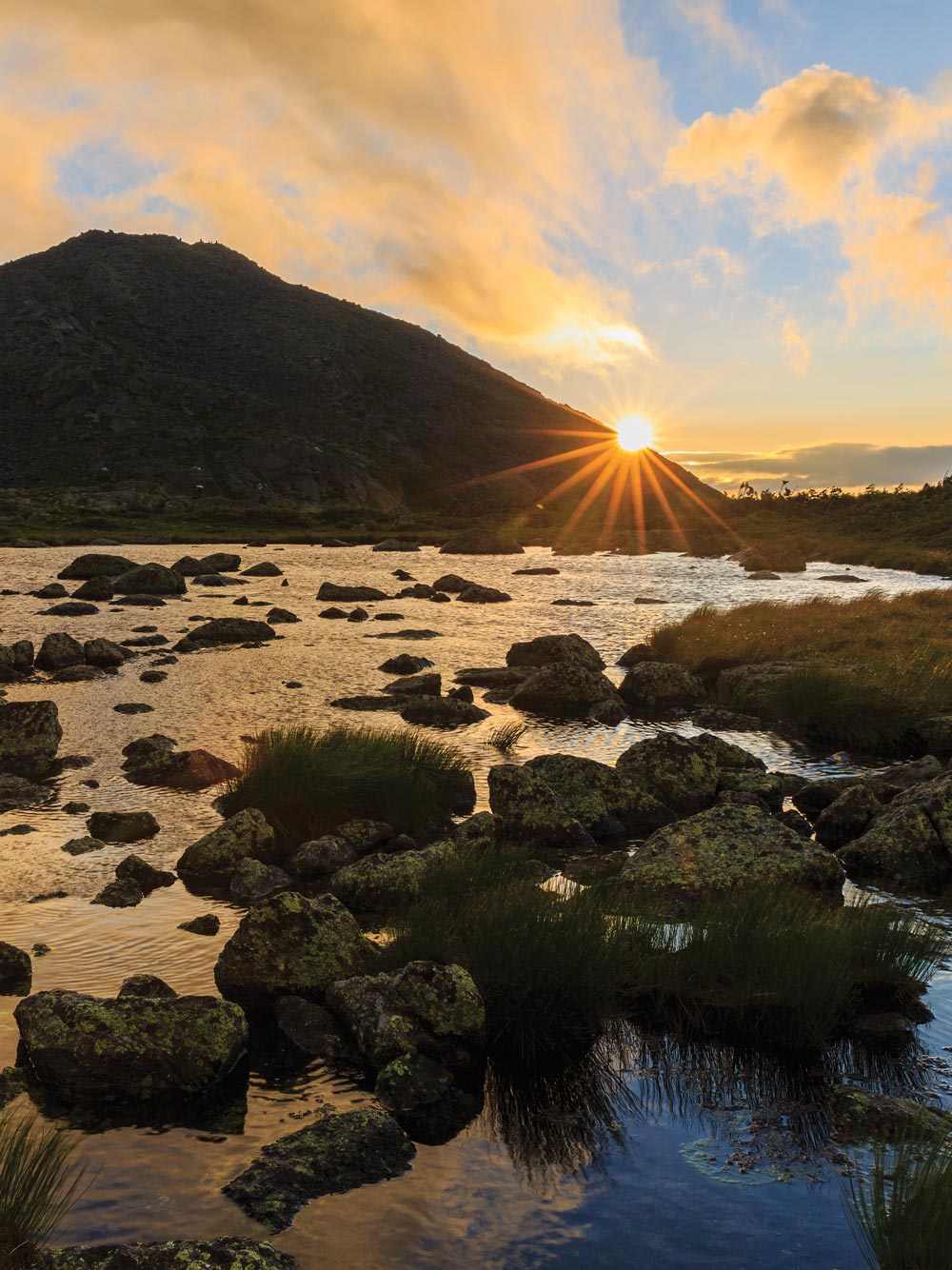
Photo by Jerry Monkman
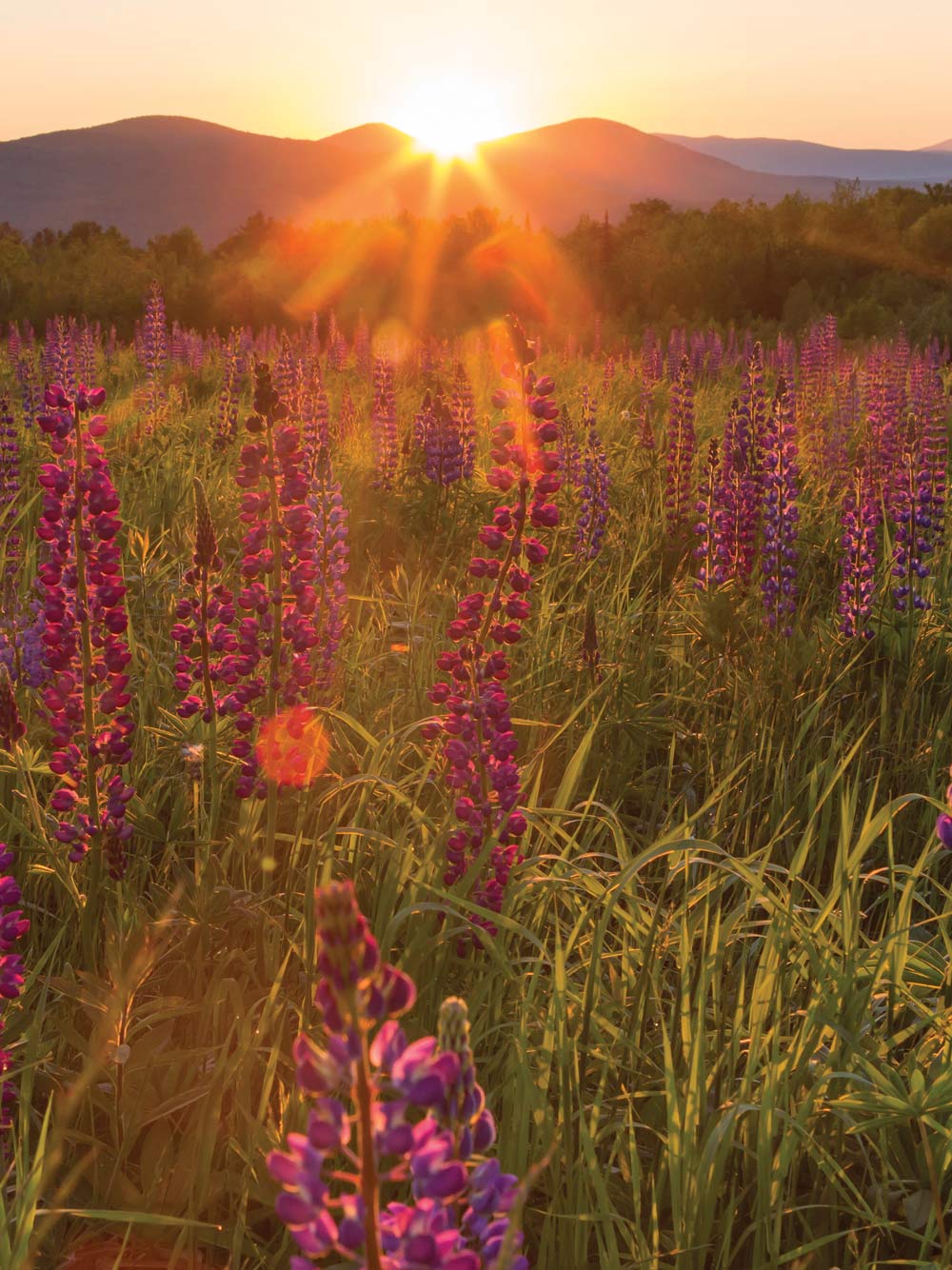
Photo by Jerry Monkman
Since the ATLP’s inception seven years ago, conservation projects have occurred up and down the A.T. corridor, in places where there is a real interest to work with communities, including community members who are not always engaged in conservation but may be interested in ecosystem benefits, including recreation. Some great examples are the New River Land Trust project in southwest Virginia that is protecting forests while expanding a trail network to the NDPonics project — an Indigenous-founded and Indigenous-led foundation that aims to restore Monacan lands.
An essential underpinning of this work is the ATC’s Wild East Action Fund, which funds key land acquisition and conservation projects that, over time, will connect the greater A.T. landscape like pieces in a puzzle. So far, the fund has awarded nearly two million dollars to help protect more than 80,000 acres across all fourteen states the A.T. traverses. Conservation projects range from a nine-acre plot in Calf Mountain, Virginia, to seventy-nine acres in Salisbury, Connecticut, to more than 1,500 acres at Indian Pond in Orford, New Hampshire. Every parcel makes a difference.
The largest, most resilient stock of forest carbon in the continental U.S.
The supplier of water resources to 119 million people
An opportunity for investment in surrounding communities
A unifier that brings people together across political and regional divisions
Photo by Jerry Monkman
The largest, most resilient stock of forest carbon in the continental U.S.
The supplier of water resources to 119 million people
An opportunity for investment in surrounding communities
A unifier that brings people together across political and regional divisions
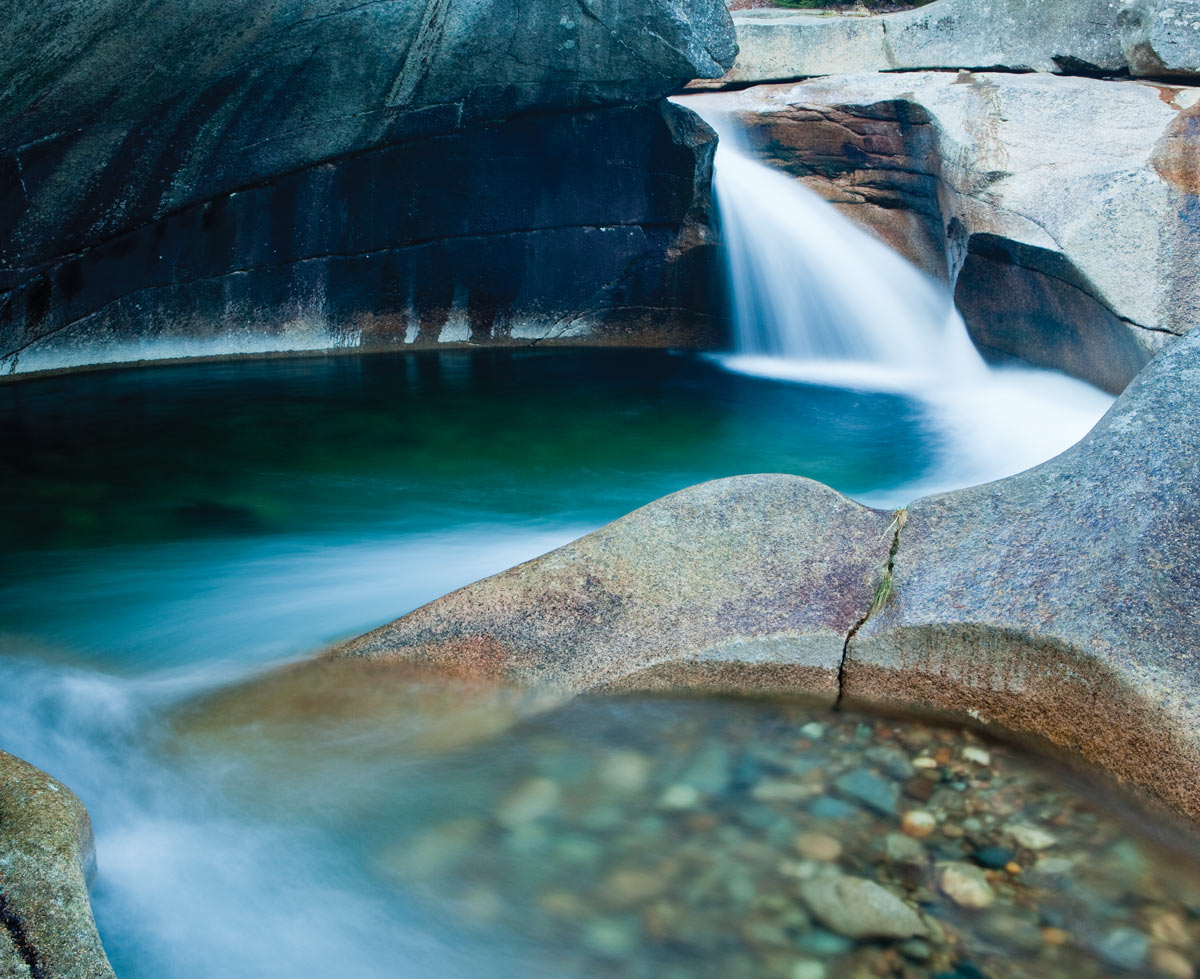
Photo by Jerry Monkman
But, like many other areas along the A.T. corridor, the Grafton Forest also faces increasing development pressure and habitat loss. The forest abuts already protected lands including Grafton Notch State Park in Maine and the adjacent Mahoosuc Public Reserved Land. Due in part to the efforts of ATLP partners, the Forest Society of Maine and Northeast Wilderness Trust, with the ATC providing essential funding through the Wild East Action Fund, this major area of forest will be stitched together with these existing public lands, creating a critical conservation corridor that will ensure more habitat for native plant and animal species, numerous recreational opportunities, and stunning viewsheds for A.T. hikers and other users.
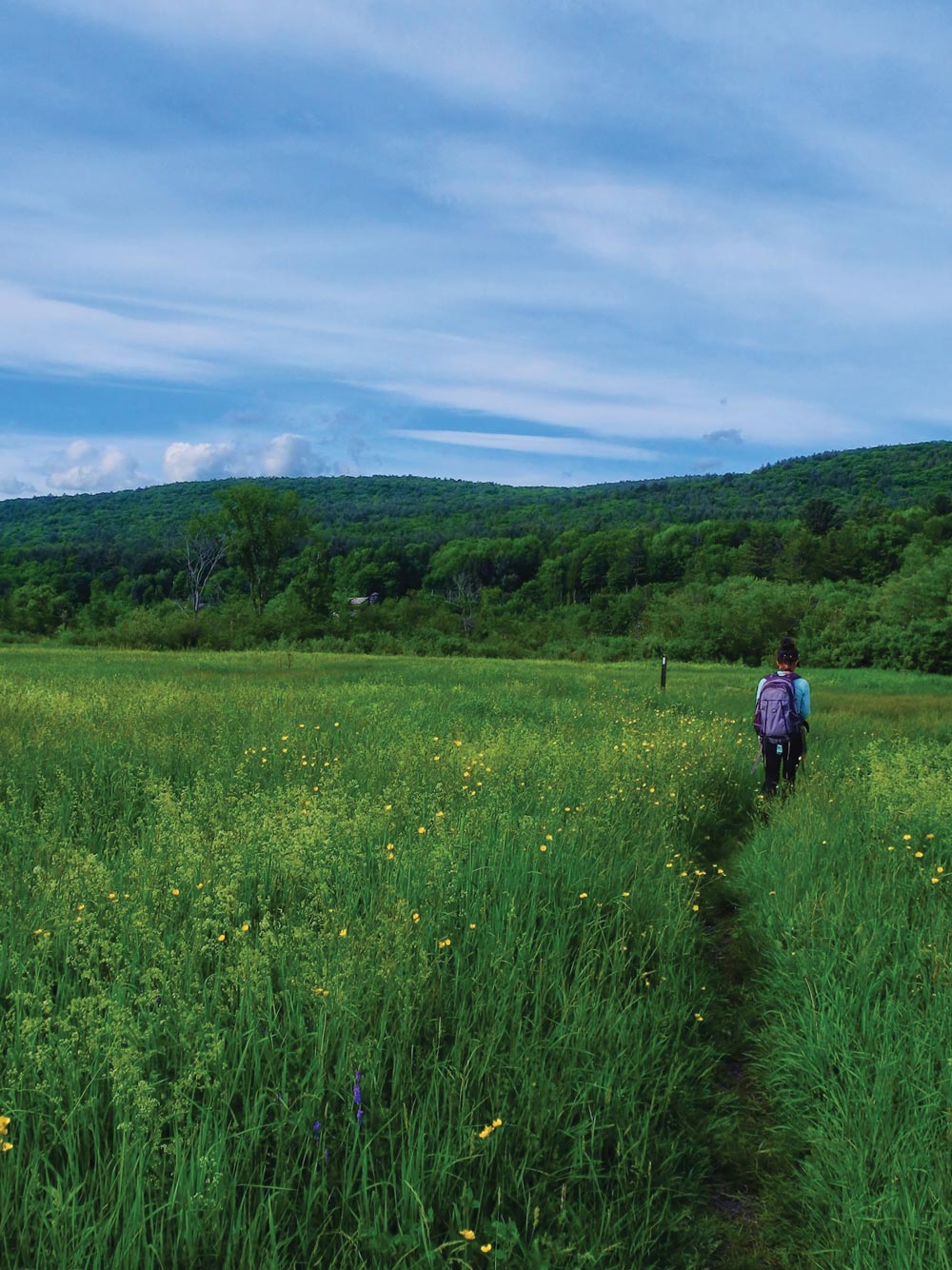
Photo by Raymond Salani III
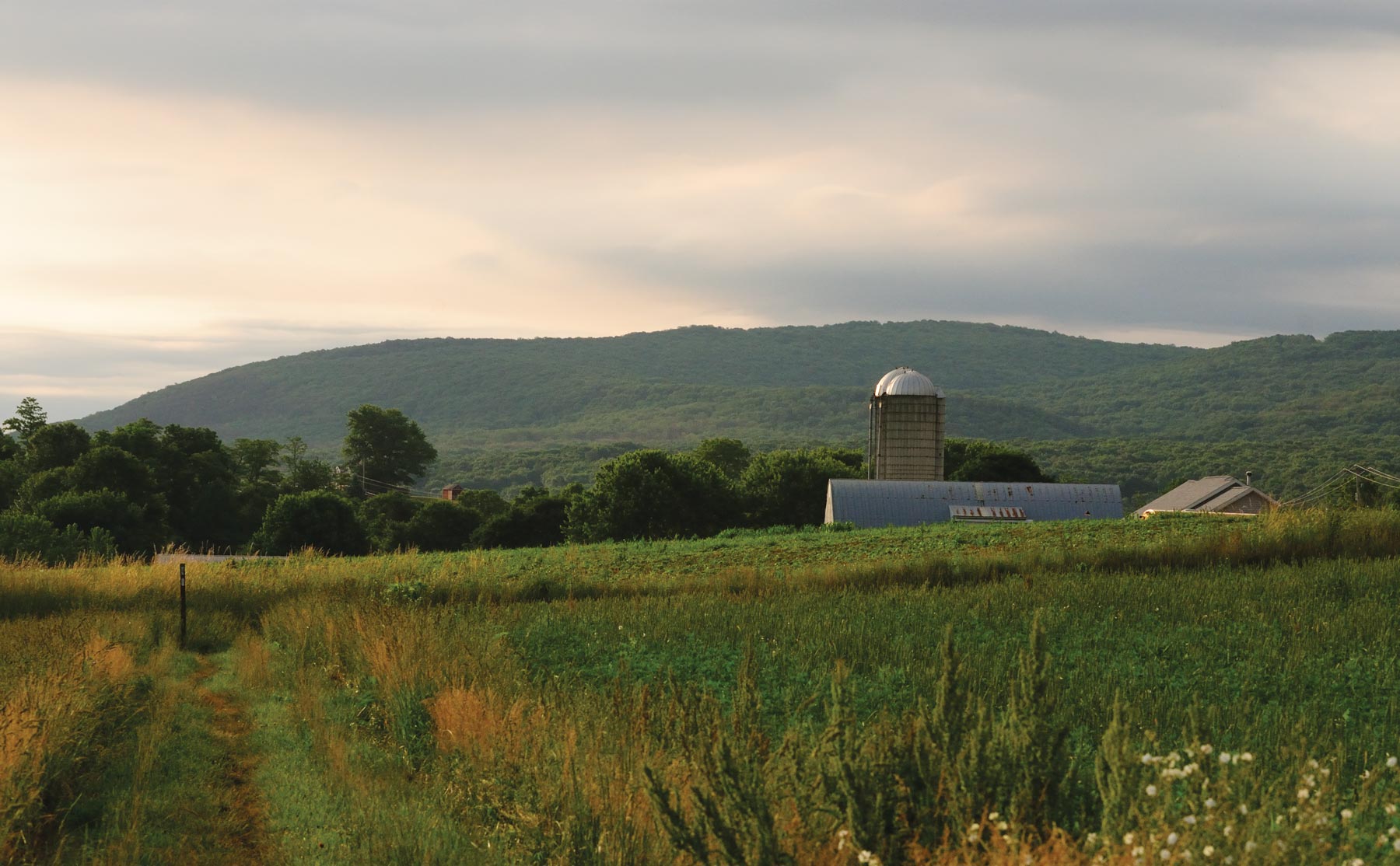
Photo by Linda Norman
Rural families and farmers with long ties to this region go back generations and have the same goals of protecting the lands and waters of the Appalachians that traditional conservationists do. Farmers and rural denizens belong to the A.T. landscape.
Elsewhere in Maryland, the National Aquarium in Baltimore may not seem like an obvious collaborator in Appalachian Trail conservation, but as a highly visible institution in an urban setting, it offers a great example of how city dwellers, especially young people, can learn about and play a role in the greater A.T. landscape. With 1.5 million annual visitors, the aquarium is the most popular tourist attraction in the state, representing far-reaching educational opportunities, especially for a diverse cross-section of people. One permanent exhibit traces the water cycle in Maryland from its source in the Allegheny Mountains, which the A.T. traverses in West Virginia, Maryland, and southern Pennsylvania, down through a tidal marsh and a seaside beach before it flows out to the Atlantic Ocean’s continental shelf. What exhibits like this teach, and what the ATLP can help leverage, is that city folks also belong to the A.T. landscape.
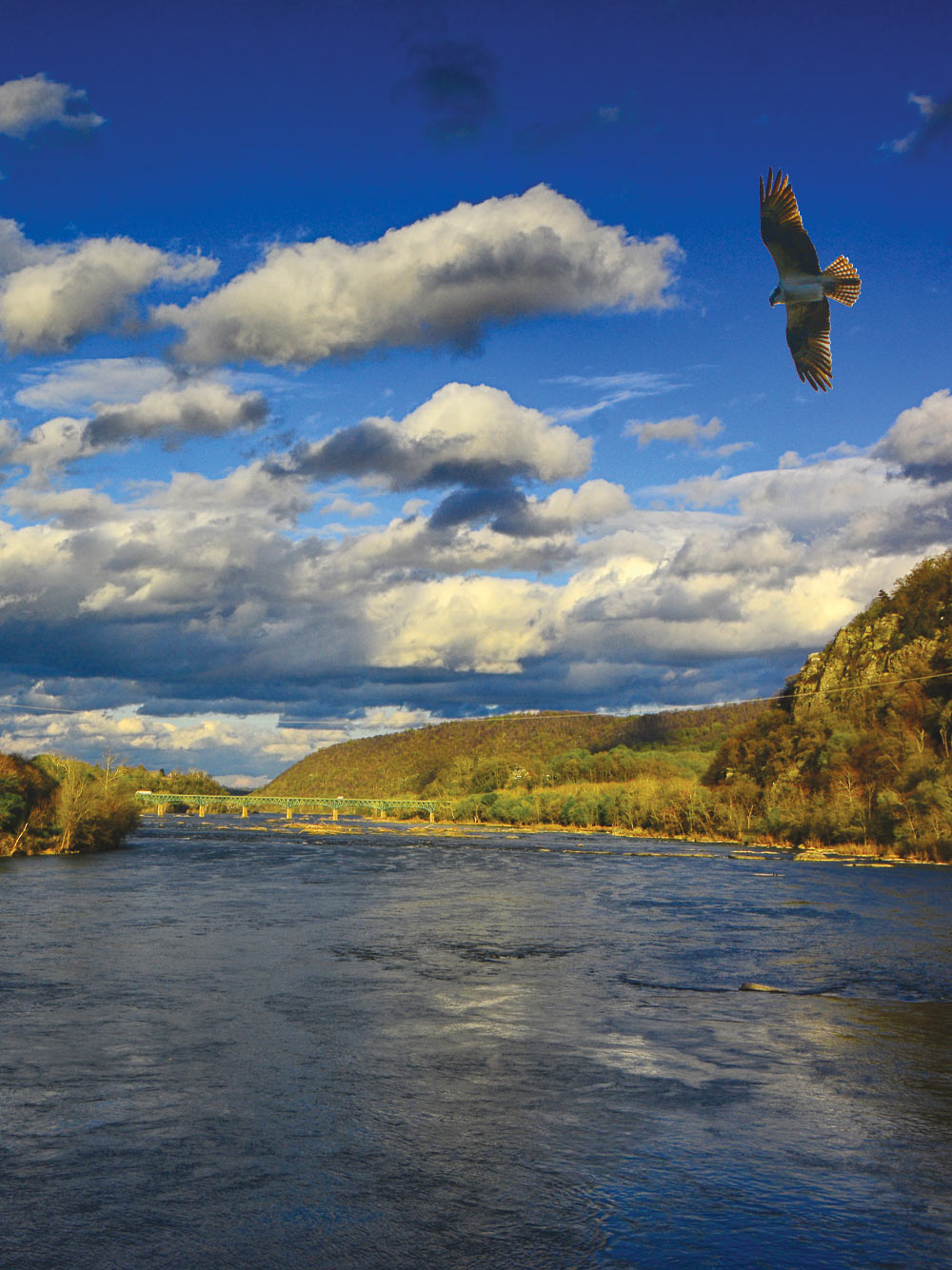
Photo by Raymond Salani III
The ATLP has begun with a broad coalition of more than one-hundred organizations, their boots on the ground, their people working hard to identify and reach out to other partners and take small and large steps towards a more inclusive style of conservation. Each of those organizations represents countless members, donors, and constituents, including many people who may never hike a single foot of the A.T. That’s okay. What matters most is that more and more people in the A.T. landscape understand that they’re part of this work and that their voices are needed. Going forward, maybe we won’t talk as much about how the Trail belongs to all of us, but about how all of us belong to the Trail, and to the beautiful and vital landscape that surrounds it and sustains so much.